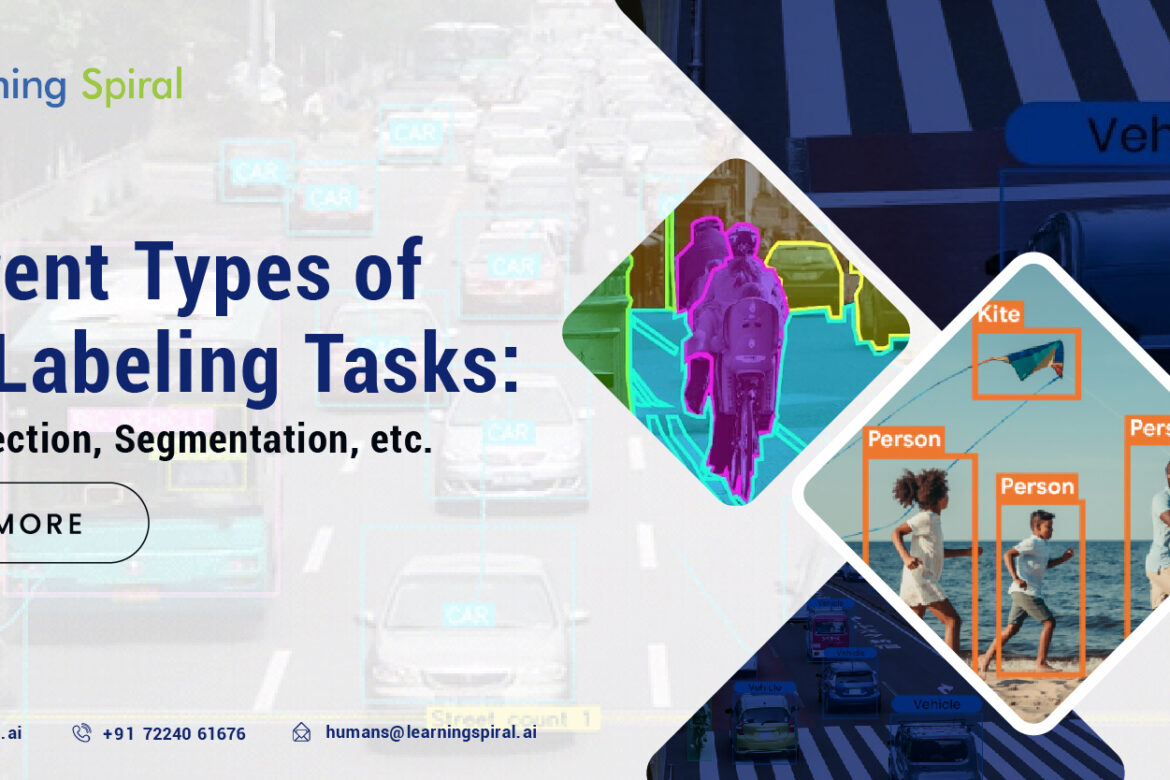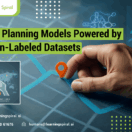The fuel that powers the enigma that is Artificial Intelligence is data – specifically, labeled data. This data is meticulously tagged with information that allows machine learning models to “understand” the world and perform tasks accordingly. However, data labeling is not a one-size-fits-all process. Different AI applications require distinct types of data labeling, each with its own complexities and nuances. Let’s delve into some of the most common data labeling tasks:
1. Image Classification:
This is the most basic form of data labeling. Here, an entire image is assigned a single category label. For example, an image might be labeled as “cat,” “dog,” or “landscape.”
Image classification tasks are often used to train models for image recognition applications like photo organization or content moderation.
2. Object Detection:
While image classification focuses on the overall content of an image, object detection goes a step further. It involves identifying and labeling individual objects within an image, along with their location. This is typically done by drawing bounding boxes around each object and assigning a class label.
Object detection is crucial for applications like self-driving cars, which need to identify and track pedestrians, vehicles, and other objects on the road.
3. Image Segmentation:
Image segmentation takes object detection a step further by assigning a specific label to each pixel in an image. This creates a detailed “map” of the image, highlighting the boundaries and categories of different objects. There are two main types of image segmentation:
- Semantic Segmentation: This assigns a single class label to each pixel, regardless of the specific object instance. For example, all pixels belonging to a person might be labeled “person,” even if there are multiple individuals in the image.
- Instance Segmentation: This distinguishes individual instances of objects within a class. Each object instance is assigned a unique identifier, allowing the model to differentiate between multiple people, cars, or other objects in a scene. Image segmentation is used in various applications, including medical image analysis, autonomous robots, and augmented reality.

4. Keypoint Annotation:
This labeling technique focuses on identifying and marking specific key points on objects within an image. These key points are often crucial landmarks or anatomical features that the AI model needs to recognize.
For example, keypoint annotation might be used to identify facial landmarks in images for facial recognition systems or to mark specific joints on human bodies in training data for pose estimation models.
5. Text Annotation:
The realm of data labeling extends beyond images and includes text data as well. Text annotation involves labeling text with specific information depending on the desired outcome. Some common examples include:
- Named Entity Recognition (NER): Identifying and classifying named entities within text, such as people, organizations, locations, and dates.
- Part-of-Speech (POS) Tagging: Assigning grammatical labels (nouns, verbs, adjectives) to individual words in a sentence.
- Sentiment Analysis: Labeling text data with its emotional tone (positive, negative, neutral). Text annotation is vital for tasks like machine translation, spam filtering, and sentiment analysis tools.
6. Speech Annotation:
Similar to text, speech data also requires labeling for training AI models. This can involve tasks like:
- Speech-to-Text Transcription: Labeling audio recordings with the corresponding written text.
- Speaker Diarization: Identifying and segmenting different speakers within a single audio recording.
- Speech Emotion Recognition: Assigning emotional labels (anger, joy, sadness) to spoken language. Speech annotation is crucial for applications like voice assistants, virtual agents, and automated transcription services.
Choosing the Right Labeling Technique:
The type of data labeling chosen depends on the specific needs of the AI project. For example, image classification might suffice for tasks requiring broad categorization, while object detection or segmentation is necessary for applications that need to pinpoint specific objects and their locations.
By understanding the different types of data labeling available, developers can choose the most appropriate technique for their AI models, ensuring they are trained on data that reflects the real-world scenarios they are designed to handle. As AI continues to evolve, so too will the methods of data labeling, paving the way for increasingly sophisticated and powerful AI applications.




